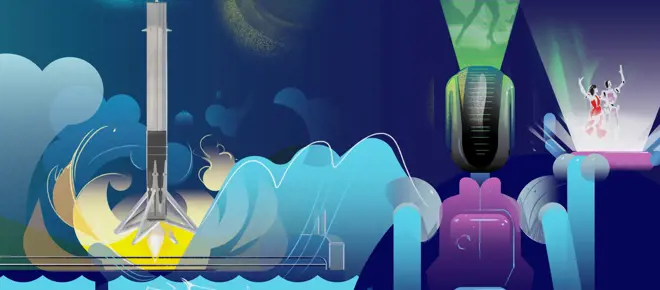
- Issue 100
From 1999 to 2049: looking back and looking forward
We asked Ingenia contributors to share the engineering that’s impacted them since 1999 – and the engineering advances that could change the world in the next 25 years. Why not share your thoughts too using #IngeniaMag?
Quick read

- Food & agriculture
- Electricals & electronics
- How does that work?
- Issue 100
How do air fryers work?
Air fryers have become immensely popular in recent years, promising a healthier and more energy efficient method of cooking that can save you money. They have also inspired numerous dedicated cookbooks and even a few TV programmes.
Quick read
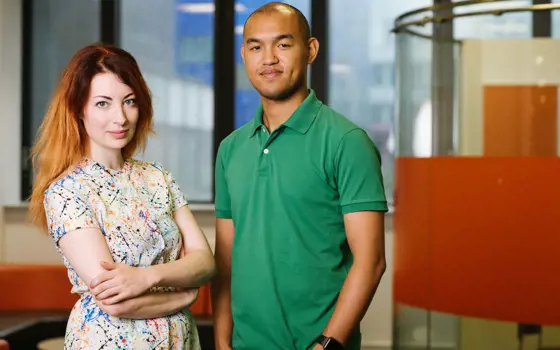
- Design & manufacturing
- Environment & sustainability
- Innovation Watch
- Issue 100
The engineers turning surplus feathers into packaging
London-based startup Aeropowder is turning surplus feathers into a biodegradable thermal packaging material, designed to keep items such as medicines or vaccines insulated and cold during transport.
Quick read
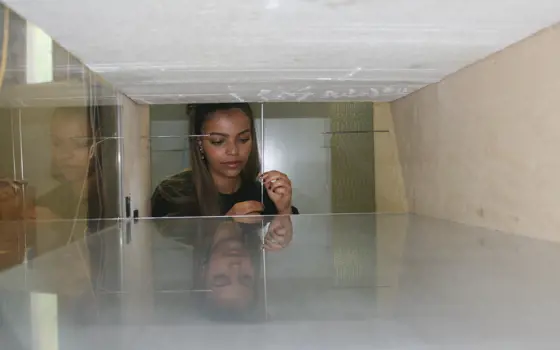
- Aerospace
- How I got here
- Issue 100
Q&A: Abigail Berhane, aerospace engineering researcher
Sci-fi films first got Abigail Berhane interested in STEM. Then, a visit to CERN cemented a future in engineering. About to hand in her PhD, she plans to continue her work in aerospace engineering to help increase diversity in the field and work towards a greener future.
Quick read
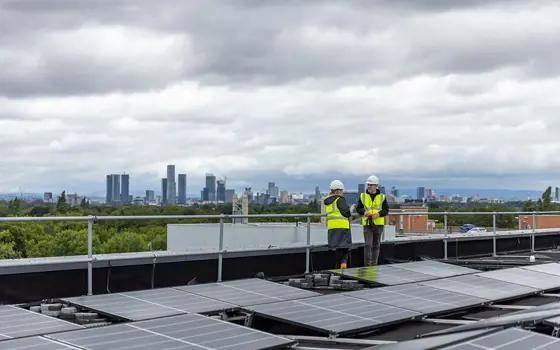
- Civil & structural
- Environment & sustainability
- Opinion
- Issue 100
How can we reimagine building performance?
The built environment – and what we need from it – plays a large role in everybody’s lives. But how do we measure its performance, especially in the face of pressing challenges such as the climate crisis? Here, Fiona Cousins, President of CIBSE (the Chartered Institution of Building Services Engineers), shares the key points from her presidential address looking at how we reframe the idea of building performance.

- Arts & culture
- Civil & structural
- Issue 100
How ABBA Voyage was made
ABBA said they’d never tour again. Bringing them back required a technological marvel, a fully demountable arena, and an array of engineering disciplines working in tandem to make it all come together. Leonie Mercedes goes on a voyage to explore the engineering behind the show.

- Software & computer science
- Electricals & electronics
- Profiles
- Issue 100
Raspberry Pi: the chip that floated a thousand ideas
For Dr Eben Upton CBE FREng, floating the Raspberry Pi business on the London Stock Exchange is another step in a career that has straddled engineering and business.
Quick read

- Environment & sustainability
- Design & manufacturing
- Opinion
- Issue 100
The art and science of engineering with living things
Christopher Bellamy trained as an engineer at the University of Cambridge and worked for Jaguar Land Rover and Salomon. Now, he's a biodesigner working with living things to create materials that make us feel closer to nature.
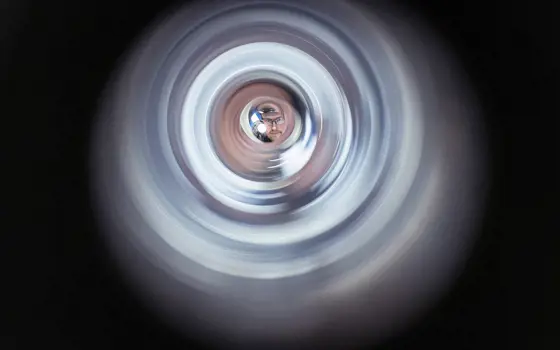
- Energy
- Innovation Watch
- Issue 100
How a shrimp inspired nuclear fusion technology
First Light Fusion is setting records in its plans to commercialise nuclear power. It has taken inspiration from a shrimp to develop a process to compress pellets of fusion fuel to create thermonuclear fusion energy.
Quick read

- Opinion
- Issue 100
The imperative of social sustainability in engineering
As Ingenia's guest editor for its 100th issue, Dr Shini Somara sets out the need to grow our commitment to widening participation in engineering and ensure social sustainability.
Quick read
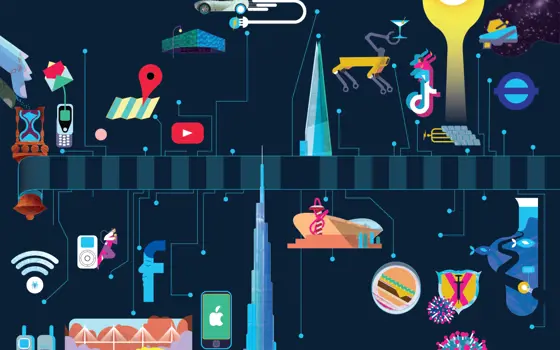
- Issue 100
From 1999 to 2024: an engineering timeline
We selected some of the biggest milestones across the spectrum of engineering, looking back from when Ingenia was born in 1999, to 2024. What do you think? Tell us your thoughts via the hashtag #IngeniaMag...

- Food & agriculture
- Issue 100
How technology is reshaping farming
UK growing conditions for fruit and vegetables are changing all the time in the face of climate change. So, engineers are coming up with ideas to help farmers increase their crop yields in an ever more challenging environment – from robots to monitor and harvest crops, to automated vertical farms that reduce land use.

- Health & medical
- Software & computer science
- Issue 100
Machine learning boosts medical devices
As AI becomes more widespread, medical devices are among the everyday technologies that could see real improvements. Stuart Nathan finds out how engineers are incorporating AI into hearing aids and prosthetic arms.

- Design & manufacturing
- Electricals & electronics
- Issue 100
The smart sensors enhancing safety
Manufacturers are increasingly digitising their supply chains to improve efficiency and quality, streamline processes and generally enhance their operations. For production of items such as food, household goods and healthcare products, digitisation is also improving safety. Jasmine Wragg spoke to engineers at the University of York and consumer goods company P&G about how sensors are helping to monitor bacterial contamination.